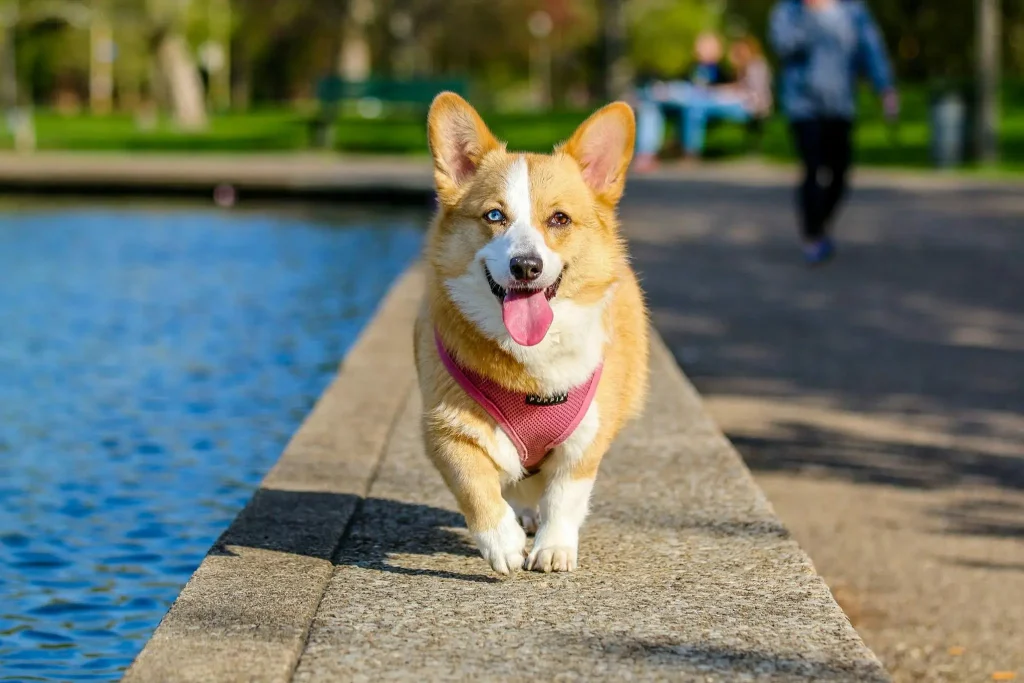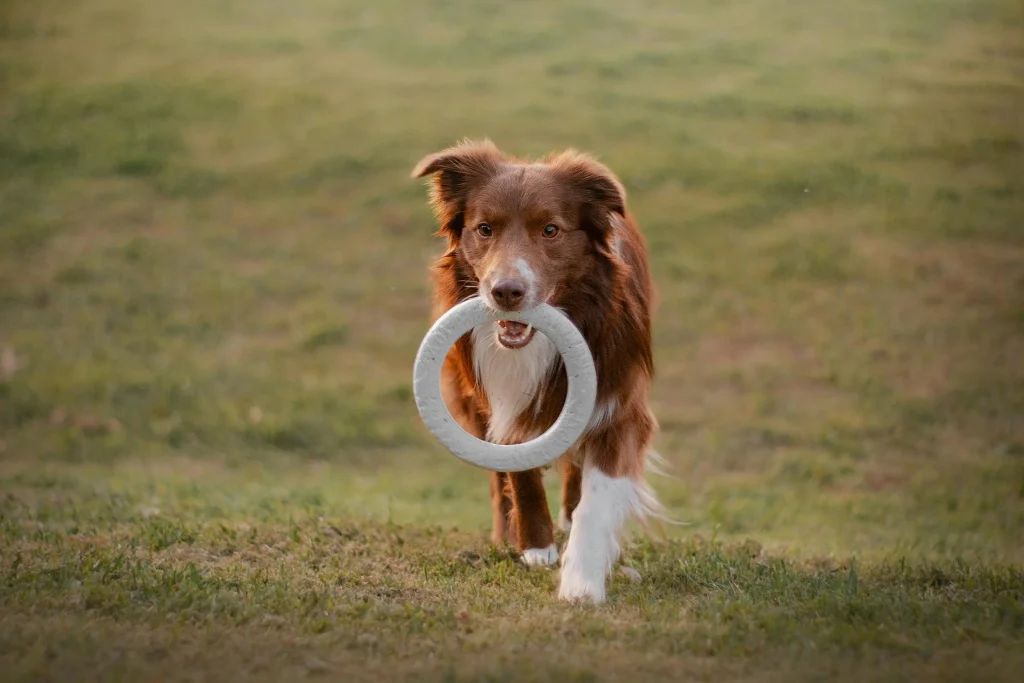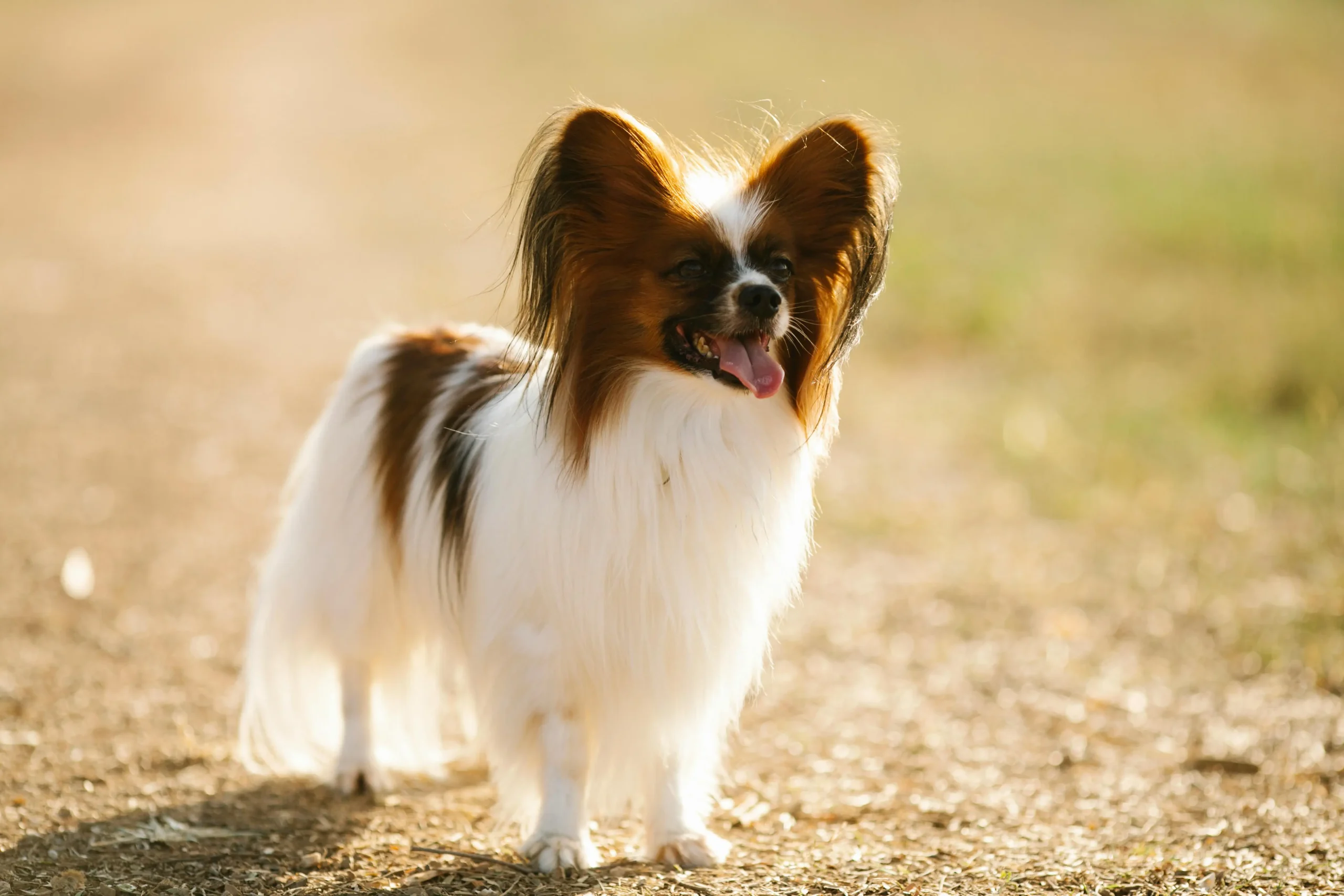If you’re a dog owner — whether you’re new to the role or a seasoned pet parent — one question will always pop up:
“How much exercise does my dog need daily?”
The answer isn’t always simple because not all dogs are the same. A playful Border Collie has very different needs from a laid-back Bulldog. Factors like breed, age, size, and overall health play a major role in determining how active your dog should be.
- Why Exercise Matters for Dogs
- How Much Exercise Does Your Dog Need Daily?
- 1. Exercise Needs by Age
- 2. Exercise by Breed & Energy Level
- Types of Exercises Dogs Love (and Need)
- Signs Your Dog May Need More Exercise
- How to Build the Perfect Dog Exercise Routine
- Special Considerations: When to Be Cautious
- Final Thoughts: Listen to Your Dog
This guide is here to walk you through everything you need to know — in a way that’s easy to understand, actionable, and totally beginner-friendly.
Why Exercise Matters for Dogs
Exercise is just as important for dogs as it is for humans — and it goes way beyond simply “burning energy.”
1. Physical Health
Dogs that move regularly are less likely to suffer from obesity, diabetes, and joint problems. Just like with people, regular movement keeps their hearts healthy, muscles toned, and bones strong.
2. Mental Stimulation
Physical activity challenges your dog’s mind. A dog that gets regular stimulation is less likely to become anxious, destructive, or hyperactive. It helps fight boredom, which is often the root of chewing furniture, digging holes, or excessive barking.
3. Behavioral Balance
A tired dog is usually a calm and happy dog. Regular activity can reduce aggression, anxiety, and nervous energy. It also promotes better sleep, which helps the whole household!
4. Stronger Bond with You
Exercise time is bonding time. Whether you’re walking, playing fetch, or training together, these moments help build trust and deepen your relationship.
How Much Exercise Does Your Dog Need Daily?
The golden question! While there’s no universal rule, here’s how to break it down by age, breed, and energy level.

1. Exercise Needs by Age
Puppies (Up to 12 Months)
Puppies are little balls of energy, but they tire quickly and need plenty of sleep to support their growing bodies.
- General rule: 5 minutes of exercise per month of age, twice a day.
For example, a 4-month-old puppy should get about 20 minutes of play or walking twice per day. - Avoid high-impact activities (like long runs or stairs), as their bones and joints are still developing.
- Focus on short play sessions, gentle leash walks, and indoor games that involve interaction, not just running around.
Adult Dogs (1 to 7 Years)
This is the most active phase of your dog’s life.
- Most adult dogs need between 30 minutes to 2 hours of daily activity.
- Consider your dog’s breed, body type, and personality — some will love long hikes; others may be satisfied with a good walk and fetch session.
- Combine physical play (fetch, running, swimming) with mental games (training, puzzle toys).
Senior Dogs (7+ Years)
Just because your dog is aging doesn’t mean they should stop moving. In fact, gentle daily activity helps maintain mobility, weight, and mood.
- Aim for 30–45 minutes of slow, low-impact activity spread throughout the day.
- Prioritize short walks, swimming, or gentle play over strenuous games like fetch.
- Keep an eye out for signs of pain or fatigue and adjust the routine accordingly.
2. Exercise by Breed & Energy Level
Your dog’s breed is a big indicator of how much activity they needs. Some are born to run — others were born to nap.
High-Energy Breeds
(Examples: Border Collie, Labrador Retriever, Husky, Australian Shepherd)
These dogs are built for movement, mentally and physically.
- Needs: 1.5 to 2+ hours per day.
- These breeds love running, playing fetch, doing agility, and even tasks like herding or obedience work.
- Without enough exercise, they may become destructive, anxious, or overly vocal.
Medium-Energy Breeds
(Examples: Beagle, Cocker Spaniel, Boxer)
These breeds enjoy activity but can also relax at home if properly exercised.
- Needs: 45 minutes to 1 hour daily.
- Ideal activities: walking, light running, playing in the yard, and moderate games.
Low-Energy Breeds
(Examples: Bulldog, Shih Tzu, Basset Hound)
Calm and content, these dogs don’t require tons of activity, but they still need movement to stay healthy.
- Needs: 20–30 minutes of gentle exercise per day.
- Focus on short walks and indoor games that are easy on their joints.
Types of Exercises Dogs Love (and Need)
Bored of the same old walk? Your dog might be, too. Try mixing things up with a variety of activities:
- Leash walks – Great for daily routines. Change your route every so often to keep it exciting.
- Fetch – Perfect for high-energy breeds. Try it in a park or backyard.
- Tug-of-war – A fun bonding game and strength workout.
- Swimming – Low-impact and joint-friendly, especially for seniors.
- Training sessions – Teach new tricks or reinforce obedience.
- Puzzle feeders & toys – Work their brain while they “hunt” for treats.
- Dog parks – Great for exercise and socialization (if your dog enjoys being around others).
Signs Your Dog May Need More Exercise

Not sure if your dog is getting enough movement? These signs could be a red flag:
- Destructive behavior (chewing, scratching, digging)
- Weight gain
- Restlessness or pacing
- Frequent barking or whining
- Zoomies at night (crazy energy outbursts)
If you see any of these, your dog may simply be under-exercised and looking for an outlet.
How to Build the Perfect Dog Exercise Routine
Consistency is key. Here’s how to make exercise a regular (and fun!) part of your dog’s day:
- Stick to a schedule – Dogs love routine. Morning and evening walks are a great start.
- Balance indoor and outdoor – If it’s raining, try puzzle toys or indoor fetch.
- Adjust for seasons – Avoid midday walks in summer or icy paths in winter.
- Include rest days – Let your dog recover, especially after vigorous activity.
- Make it social – Invite a neighbor’s dog over or visit a dog park for variety.
Special Considerations: When to Be Cautious
Some dogs need a modified approach due to medical conditions, physical limitations, or recovery from surgery.
- Always consult your veterinarian before beginning or changing an exercise routine.
- Dogs with arthritis, hip dysplasia, or heart conditions benefit from short walks, swimming, and low-impact games.
- Watch for signs of fatigue, limping, or labored breathing and reduce activity as needed.
Final Thoughts: Listen to Your Dog
So, how much exercise does your dog need daily?
The answer depends on their age, breed, energy level, and health, but just as importantly, it depends on your individual dog.
Pay attention to their signals. If they’re restless or misbehaving, they probably need more activity. If they’re slowing down, give them space to rest.
The right balance of physical and mental stimulation will not only boost your dog’s health — it’ll strengthen your bond and improve their quality of life.
Because in the end, a well-exercised dog isn’t just healthier — they’re happier.
Last Updated on April 8, 2025 by furryadminblog

